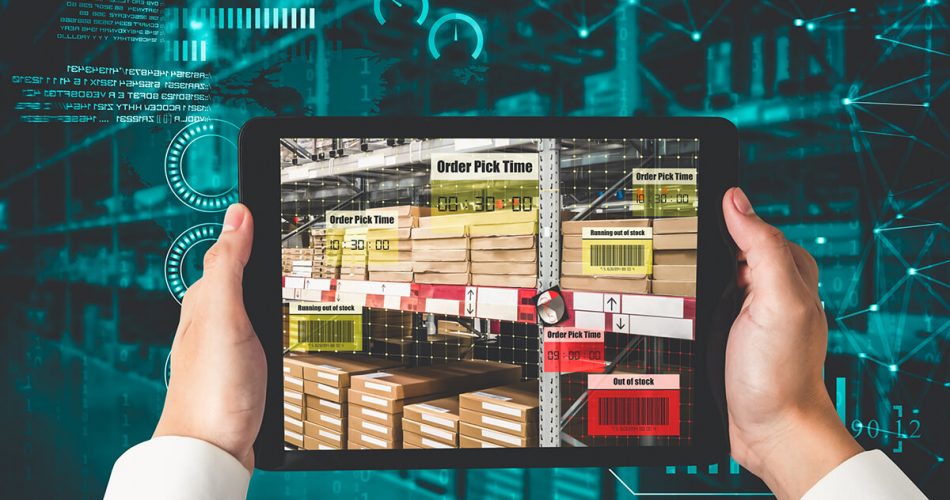In the world of business, inventory management is a critical aspect that determines the success of a company, as it helps ensure that products are available to meet customer demand while also keeping costs under control. In recent years, technology has played a significant role in shaping how inventory is managed, and this trend is expected to continue in 2023. These changes are driven by advancements in technology, changes in consumer behavior, and an increase in global competition. In this blog post, we will explore the changes that businesses can expect in inventory management in 2023 and the impact that these changes will have on businesses.
Increased use of artificial intelligence (AI)and machine learning (ML)
AI and ML are becoming more prevalent in inventory management, as they can help with demand forecasting, real-time inventory tracking, and automated replenishment systems. This will help businesses make more accurate predictions about customer demand, which in turn will help them avoid stockouts and overstocking. With AI and ML, businesses can analyze large amounts of data and make predictions about future demand. This can help them better plan for inventory needs and make more informed decisions about when to reorder products and how much to order. Additionally, these technologies can also be used to automate the process of replenishing inventory, helping businesses to keep their stock levels at the optimal level without having to manually monitor and adjust them.
Greater use of the Internet of Things (IoT)
IoT devices, such as RFID tags and barcode scanners, are becoming more common in inventory management. This technology allows businesses to track inventory in real-time, which can help them make better decisions about when to reorder products and how much to order. IoT devices can be used to track the movement of goods from the point of origin to the point of sale, providing businesses with real-time data about their inventory levels. This can help them to identify patterns and trends in customer demand, and make more informed decisions about how much inventory to keep on hand.
Cloud-based inventory management
With the increasing use of cloud-based software,businesses are able to access inventory data from anywhere at any time. This allows for greater flexibility and remote access to inventory data. Cloud-based inventory management software can also be accessed by multiple users, making it easy for different departments or locations to access and update inventory information. This can help businesses to better coordinate their inventory management efforts and make more informed decisions about when to reorder products and how much to order.
Supply Chain Management
Due to the impact of COVID-19, many companies will focus on more efficient and flexible supply chain management. This can be achieved by using digital inventory management solutions that allow businesses to track inventory levels and predict demand for products, which will help them make better decisions about when to reorder products and how much to order. Digital inventory management solutions can also help businesses to better coordinate their efforts with suppliers and logistics providers, which can help to reduce the risk of stockouts and improve delivery times.
Automation
With the integration of advanced technologies such as AI, ML and IoT, companies are expected to automate their inventory management process. This will help them to streamline their operations, reduce human errors and improve efficiency. Automation will also allow businesses to track and manage their inventory in real-time, which can help them to make better decisions about when to reorder products and how much to order. Automation can also help businesses to reduce the risk of stockouts and overstocking, which can have a negative impact on customer satisfaction and the bottom line.
Inventory Optimization
With the help of advanced technologies like AI, ML and IoT, companies will be able to optimize their inventory levels by identifying the most profitable items, forecasting demand and reducing waste. This will enable them to make better decisions about when to reorder products and how much to order, which can result in significant cost savings.
Moreover, businesses can expect an increase in the use of mobile inventory management in 2023. With the rise of mobile technology, businesses are now able to manage their inventory using mobile devices, such as smartphones and tablets. A study by Forrester Research estimates that by 2023, more than 60% of businesses will use mobile inventory management solutions. This will allow businesses to manage their inventory remotely, improving efficiency and reducing costs.
Conclusion
In conclusion, businesses can expect several changes in inventory management in 2023, including the increased use of automation, data analytics, IoT technology, and mobile inventory management. These changes will not only save businesses time and money but also increase efficiency and improve decision making. Businesses that adopt these changes will be better equipped to compete in the global market and ultimately increase their revenue.




